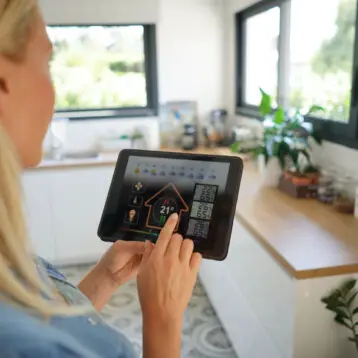Freeloader has an internal battery, which can power an iPod for 18 hours, a mobile phone for 44 hours, a Sony PSP for 2.5 hours, and a PDA for 22 hours. The latest improvement to the Freeloader makes it compatible with a wider variety of portable devices, such as the new iPhone, the iTouch, the iPod Classic, and all earlier iPod models.
The Freeloader measures 62x123x17mm (without the solar panels) and has a tough, solid aluminum body. While it is certainly not large, it is not small enough to be carried around in one’s pocket. The adapters that make the charger compatible with the numerous portable devices also take up some space. Additional accessories are included in the Globetrotter Kit. The kit has a Supercharger, which, according to Solar Technology, can fully power a Freeloader in as little as 4 hours in sunshine. This means it will be possible to charge the Freeloader twice in one day. Two LED lights indicate when the charging is complete. In most cases, the Freeloader will use the power stored in its internal battery to charge a device. However, as long as the sunlight is sufficient, the Freeloader can be used to charge devices even if the battery is empty.
Two innovative buckles and a Velcro attachment can be used to attach the Supercharger to hiking equipment like backpacks and bicycles. Another important feature is its resistance to most weather conditions, including rain. The Supercharger weighs about 200 grams, a bit heavier than most cell-phones, and connects to the Freeloader via the supplied USB charge cable.
To reveal the solar cells, the user needs to split the unit in two, open the part containing the solar cells, and then re-attach the cells to either side of the main device. When the solar panels are attached to its sides, the device feels a bit fragile. It seems that any unintentional movement might bend it. However, when the solar cells are closed in the storage position it is unlikely that the Freeloader will be harmed.
TFOT has covered Philips’ Power4Life series portable energy chargers, and a new novel portable induction cooker. Another related story recently published by TFOT deals with a new generation of solar cells, which are based on cadmium-telluride (CdTe) semiconductor technology.
For more information about Freeloader and the Supercharger see Solar Technology’s website.










